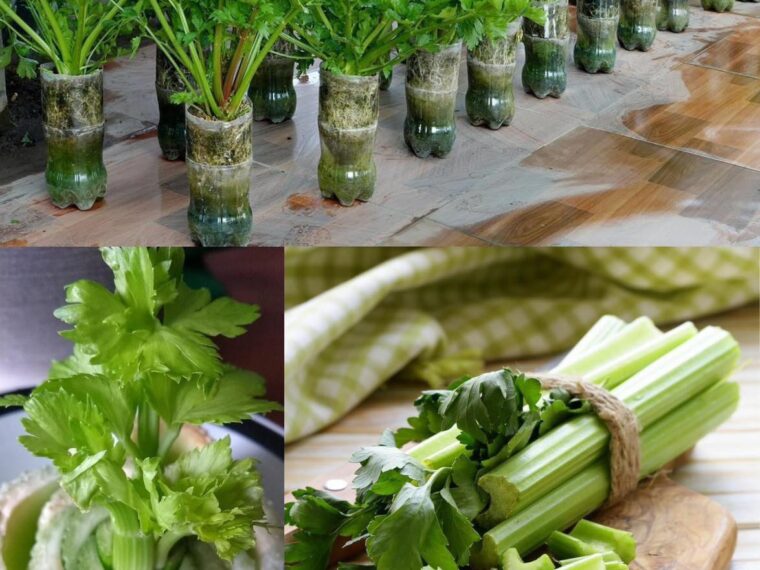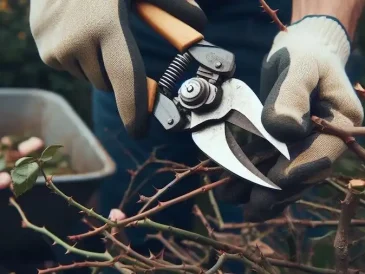Regrowing celery from scraps is not only an eco-friendly practice but also a rewarding way to have a continuous supply of fresh celery at your fingertips.
Celery, a crunchy and versatile vegetable, often finds its way into salads, soups, and snacks. Instead of discarding celery scraps, did you know that you can regrow this kitchen staple right at home?
In this article, we’ll explore the simple and rewarding process of regrowing celery from scraps, turning your kitchen waste into a fresh and sustainable source of this nutritious green.
Regrowing celery from scraps is a straightforward process that requires minimal effort and just a few common household items.
Here’s a step-by-step guide to help you get started:
Materials You’ll Need
1. Celery Scraps
Save the base of a bunch of celery with at least an inch or two of the stalks attached.
2. Water
A shallow dish or container for initially submerging the celery base.
3. Pot or Container
Once roots appear, you’ll need a pot or container with well-draining soil for transplanting the regrown celery.
4. Sunlight
A sunny windowsill or a spot with at least 6-8 hours of indirect sunlight.
Steps to Regrow Celery
1. Prepare the Celery Base
When using celery, leave about 2 inches of the base intact with attached stalks. Trim any remaining celery stalks close to the base.
2. Submerge in Water
Place the celery base, cut side down, in a shallow dish or container. Add enough water to submerge the base but avoid covering the upper part where the stalks emerge.
3. Change the Water
Change the water every few days to keep it fresh and prevent the growth of mold or bacteria. Place the dish in a location with indirect sunlight.
4. Wait for Roots to Appear
In about 1-2 weeks, you’ll notice small roots emerging from the base of the celery. Once the roots are a few inches long, the celery is ready to be transplanted.
5. Transplant into Soil
Fill a pot or container with well-draining potting soil. Plant the celery base, covering the roots and leaving the emerging stalks above the soil.
6. Watering and Sunlight
Water the newly planted celery thoroughly. Place the pot in a sunny location, ensuring it receives 6-8 hours of indirect sunlight daily.
7. Harvesting
As the regrown celery continues to grow, you can harvest outer stalks while leaving the inner ones to mature. This allows for a continuous supply of fresh celery.
Tips for Success
- Use Organic Celery
Choose organic celery whenever possible, as conventionally grown celery may have fewer dormant buds, reducing the chances of successful regrowth.
- Maintain Consistent Moisture
Keep the soil consistently moist but not waterlogged. Celery prefers slightly damp conditions.
- Fertilize Sparingly
Use a balanced, water-soluble fertilizer sparingly during the regrowth phase to provide essential nutrients.
- Rotate Plants
If regrowing multiple celery bases, rotate them periodically to ensure all sides receive adequate sunlight.
- Regrow Indoors
Regrowing celery indoors allows for year-round cultivation, ensuring a steady supply regardless of the season.
Regrowing celery from scraps is not only an eco-friendly practice but also a rewarding way to have a continuous supply of fresh celery at your fingertips.
With just a bit of patience and care, you can transform kitchen scraps into thriving celery stalks, adding a sustainable touch to your culinary endeavors.
Embrace the cycle of growth and harvest as you regrow celery at home, turning what might have been discarded into a sustainable source of this crisp and nutritious vegetable.




